June 8, 2025 | 07:58 GMT +7
June 8, 2025 | 07:58 GMT +7
Hotline: 0913.378.918
June 8, 2025 | 07:58 GMT +7
Hotline: 0913.378.918

Representatives of the "One Health Poultry Hub" in Vietnam presented research on antimicrobial residues and resistance in chickens. Photo: Tung Dinh.
A conclusion of the Research on antimicrobial residues and resistance was presented by OHPH’s representatives in Round Table Meeting on "Multi-Sectorial Cooperation to Reduce Antimicrobial Resistance," co-organized by the Ministry of Agriculture and Rural Development and the UK Chatham House Organization on May 5.
One Health means an interdisciplinary approach to safeguarding poultry production and public health from infectious diseases, antimicrobial resistance, and unexpected shocks to ensure that people have access to safe, nutritious, and healthy food.
The purpose of One Health is to achieve the best health for all, which requires effective and efficient intersectoral and interdisciplinary collaboration across the human, animal, plant, and environmental domains.
The OHPH project is funded by the UK Research and Innovation Commission through the Global Challenges Research Fund, with the Royal Veterinary College as the lead agency. The scale of the OHPH project is implemented in 10 countries with 27 partners, with the goal of sustainable development of broiler and egg-laying hen farming while minimizing health risks to humans and animals.
Research on antimicrobial residues and resistance by OHPH, with a major focus on issues related to avian influenza, pathogens causing food poisoning, and antimicrobial resistance, was conducted in Bangladesh, India, Sri Lanka, and Vietnam from March 2019 to February 2024.
Of which, the research on the transmission and evolution of health risks in the chicken network involved the National Institute of Animal Science, the National Institute of Veterinary Research of the Ministry of Agriculture and Rural Development, and the National Institute of Hygiene and Epidemiology of the Ministry of Health.
Only with the survey results on antimicrobial residues in chicken, 110 tested chicken samples contained residues with 70 antimicrobials, of which 41% were taken from farms and the remaining 59% were from markets and slaughterhouses. In terms of variety, 87% are colored chickens and 13% are white chickens.
More specifically, 91/110 (82%) samples detected residues of at least one antimicrobial at different levels, and no association between residue rates and chicken type or sampling location was found. Meanwhile, with samples of microbial strains taken from chicken caecum, 92 strains of microorganisms in OHPH's research were all resistant to antimicrobials at a high level.
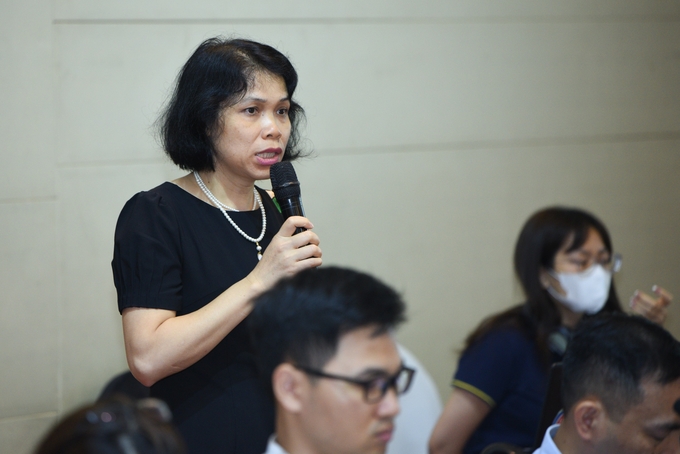
Representatives of the "One Health Poultry Hub" in Vietnam presented research on antimicrobial residues and resistance in chickens. Photo: Tung Dinh.
OHPH reached the conclusion from the research that there were nine groups of antimicrobials detected in chicken with a residual rate greater than or equal to the maximum detection limit, ranging from 7% to 19%.
Besides, the microbiota in broilers is resistant to most antimicrobial groups, with a difference in antimicrobial group and antimicrobial type between white and colored chickens.
Facing the above worrying results, the OHPH side suggested that there should be solutions to encourage farmers to use alternative antimicrobial measures and strengthen biosecurity measures.
In addition, farmers can be advised to choose antimicrobials with a low resistance rate to treat diseases in chickens.
In particular, for the authorities, OHPH proposed to strengthen the management and control of the purchase, sale, and use of antimicrobials in poultry production, including the time to stop using the drug before slaughter.
OHPH said that the survey on the use of antimicrobials and knowledge of antimicrobials was conducted at many locations, including interviews with 30 chicken farmers with a scale of 500–10,000 heads, 15 sellers of medicine and feed, and 5 employees of medicine and feed companies.
For specimens, sampling locations were randomly selected at farms, markets, and slaughterhouses from a list provided by local veterinary officials. On farms, samples were taken from healthy chickens at the time to prepare for sale and from both white and colored chickens at the sampling site that contained both.
The results show that antimicrobials are considered important in chicken farming, especially in large-scale farms with a high density of poultry, a high frequency of re-herding, and a frequent occurrence of gastrointestinal and respiratory diseases, leading to the overuse of antimicrobials.
However, farmers’ knowledge of antimicrobials is highly appreciated by OHPH because of farmers' ability to distinguish antimicrobials from other drugs and their evaluation of the quality and effectiveness of domestic and foreign brands.
Translated by Huyen Vu
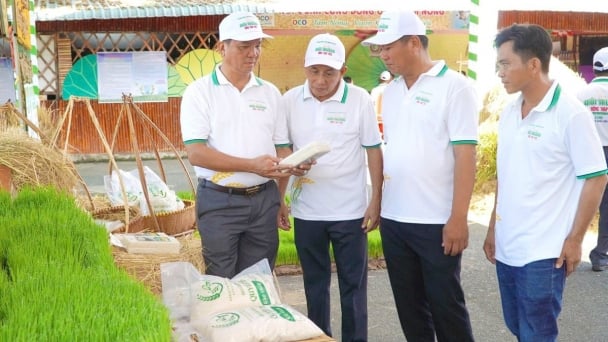
(VAN) Dong Thap has launched a meeting in response to the Action Month for the Environment under the theme 'Live Green - Join Hands for a Green Economy' at Tram Chim National Park.
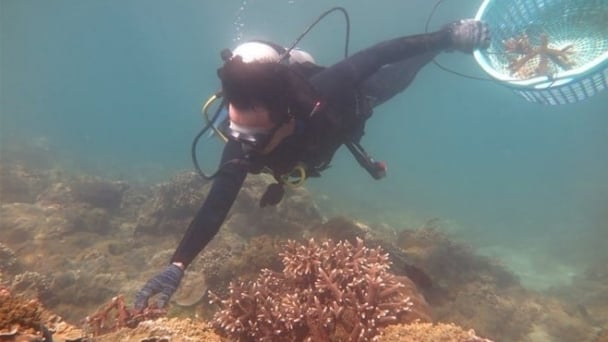
(VAN) The ocean has the capacity to absorb millions of tons of carbon, provided that mangrove forests, coral reefs, and biodiversity are protected.
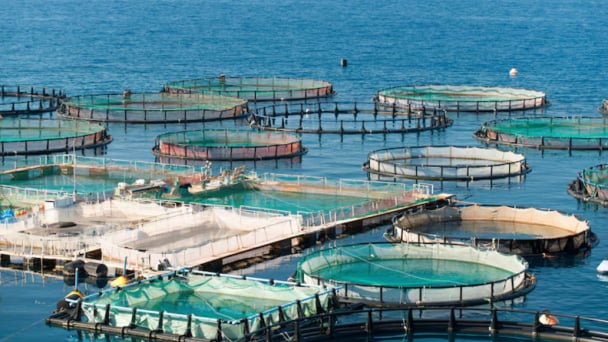
(VAN) Technology is redrawing the map of Vietnamese aquaculture: more modern, greener, and more sustainable.
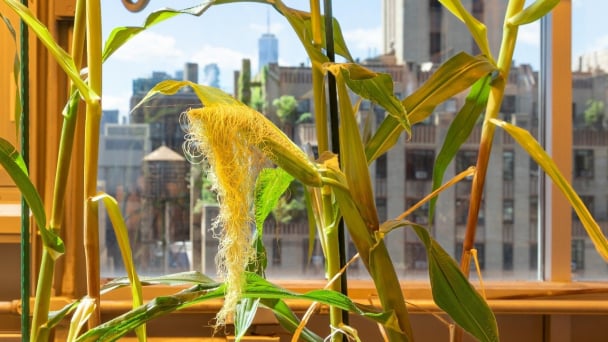
(VAN) Novel process harnesses machine learning to reveal groups of genes that determine how efficiently plants use nitrogen.

(VAN) Several scientists and farmers are experimenting with soil treatment in some key durian-growing regions such as Cai Lay (Tien Giang), Dak Song, Gia Nghia, and Dak R’lap (Dak Nong).
/2025/05/25/4127-3-073637_820.jpg)
(VAN) Thanks to the promotion from an FAO-implemented project, vegetable production in greenhouses in Moc Chau has seen strong development, from 1.5 hectares in 2021 to nearly 50 hectares in 2024.

(VAN) FAO has recently supported USD 140,000 to implement the project 'Risk mitigation human-animal interface risks through disease control initiatives in pig farming.'